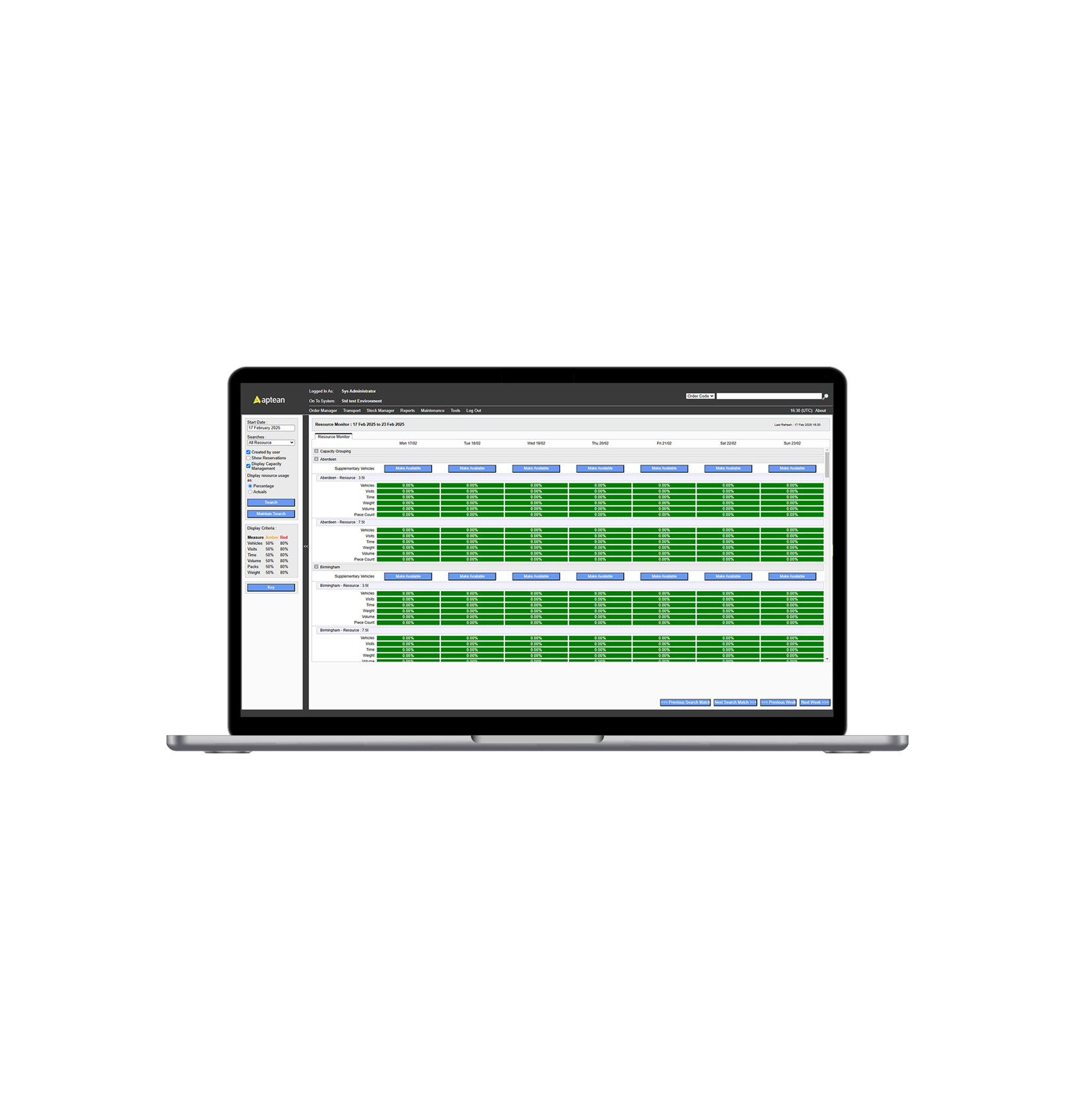The 7Cs of Home Delivery: Managing Cost Savings and Customer Expectations
The 7Cs of Home Delivery: Managing Cost Savings and Customer Expectations
The 7Cs of Home Delivery: Managing Cost Savings and Customer Expectations
Nov 4, 2021
 Jim Endres | Regional Account Director
Jim Endres | Regional Account Director
For those of you visiting us for the first time, this is the final installment in our blog series about making your home-delivery operations more customer driven. Be sure to check out the other blogs in our 7Cs series:
And finally, this month’s entry, Cost.
Modern consumers have been conditioned to expect more from a delivery service. Our 7th and final C, cost—or more specifically, cost control—is essential to making consumer-driven home delivery a practical business strategy.
For in-home deliveries, the challenge for retail brands is how to offer platinum-level customer service and convenience while decreasing delivery costs. But margin-challenged retailers can’t afford to add costs to offer more delivery precision, more choice, and more convenience. You simply can’t get there without leaning heavily on advanced route optimization software.
Those that try inevitably get caught in the low-margin red zone. Breaking from this historic cost-to-service ratio is the only way to win in the new era of consumer-driven home delivery. You’ve got to improve service, while simultaneously lowering your costs. In the cost-cutting checklist below, we’ve compiled a list of how advanced home delivery systems turn your delivery operation from a cost center to a profit driver.
Cost Savings Linked to Home Delivery Management Software
By continuously optimizing routes and offering up only the most efficient delivery options, you can make more deliveries with fewer trucks. One major furniture retailer saw a 20% increase in drops per vehicle, significantly reducing its miles, fuel costs and required trucks and drivers.
By allowing customers to choose delivery slots, you decrease the onerous cost of failed deliveries. One garden supply company reduced failed deliveries by 33%.
By allowing consumers to manage their own deliveries, you decrease customer service resources and improve the customer experience in the process.
By automating the route planning process, you reduce planning time. One service company removed a full-time planning resource after implementing routing software, creating an immediate ROI.
By enabling premium-priced delivery options, you enhance profit margins on buyers willing to pay for expedited service.
By providing multiple delivery options at checkout, you increase your sales conversion percentage.
By integrating home delivery systems with your web store, under your branding, you avoid six-figure investments in systems and support.
Consumer purchase criteria extends beyond product and price. For large-ticket items especially, shoppers look for great after-sale support, a liberal returns policy and, most important of all, an ability to choose delivery slots and manage the delivery process themselves.
If you are not ready for this new era of consumer-driven, in-home delivery, your business will either:
Lose customers to competitors that offer a superior delivery experience.
Cannibalize margins as you try to meet enhanced service demands using systems ill-equipped for the job.
Advanced home delivery software allows you to upend the historical service-to-cost ratio. You can easily boost service levels and customer confidence, while simultaneously reducing the cost of delivery operations and customer service. It’s time to flip the script on your delivery operations. It’s no longer an invisible, back-end function that completes a sales process. Instead, your delivery operations should be the key driver of your sales process.
Home delivery operations have become the new battleground for competitive advantage. Aptean Home Delivery can improve your transportation operations and keep you competitive. Find out how, now.
Ready to Start Transforming Your Delivery Business?
We’ve got the specialized TMS solutions you need to conquer your industry challenges.



